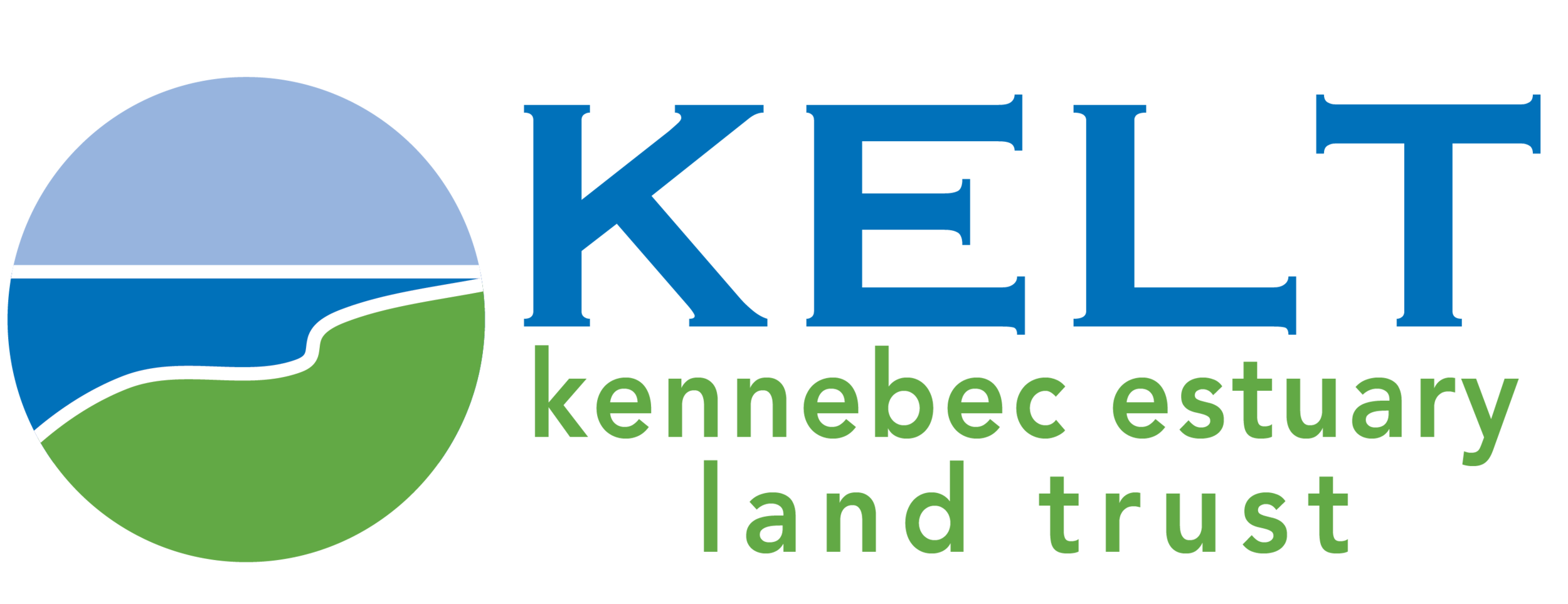Join our friends, Georgetown Conservation Commission, for Browntail Moth Information event on Thursday March 21st at the Georgetown Central School at 6:30 PM.
Learn about the origin of the moths, where their impact is being felt, and what can be done to minimize the damage to trees.
Hear from three speakers:
Thomas Schmeelk, State Forest Service Entomologist from Augusta,
Kyle Rosenberg, City of Bath Arborist
Drexell White Public Health Liaison for the Midcoast District
Local arborists/landscapers available to answer questions following presentations
You will hear about the history and lifecycle of the Browntail (Euproctis chrysorrhoea), the eradication methods available, and the success rate of organic and commercial treatments. We will share the precautions needed to avoid the toxic microscopic hairs from the caterpillars as well as sources for homemade remedies and prescription treatments for the itchy rash they cause. We will have a resources table for takeaway information, as well as some local folks to answer questions who have been tackling the problem as licensed arborists.
Bring your questions, comments and ideas!
In the event of inclement weather, check the Georgetown Conservation Commission’s Facebook page.
For more information contact: conserve04548@gmail.com.
A common question is, "How can I tell if I have Browntail webs in my trees?"
According to Dr. Eleanor Groden, entomologist at The University of Maine Orono, "the best time to spot a Browntail infestation is in winter when their nests are most visible. In the Fall, newly hatched caterpillars build tightly formed nests on the outer tips of branches and spend the winter inside protected from the elements."
When nests are within reach, this is the time to clip them (wear gloves!). Burning or submerging in soapy water will kill them.



